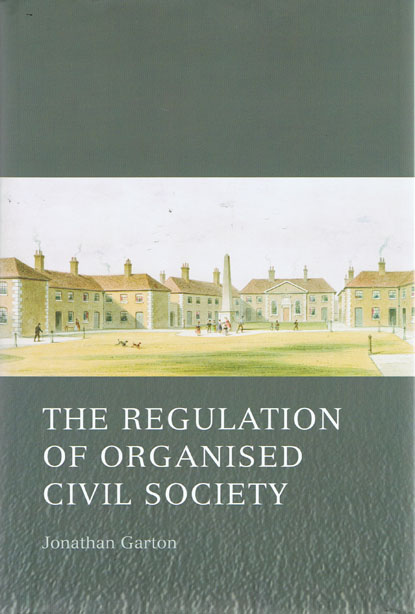The Regulation of Organised Civil Society
ISBN13: 9781841138008
Published: June 2009
Publisher: Hart Publishing
Country of Publication: UK
Format: Hardback
Despatched in 6 to 8 days.
Although much has been written on organised civil society - the loose collective of organisations that operate outside the public sector, the private market and the family unit - over the past thirty years, there has been little jurisprudential analysis.
This is in spite of the fact that a number of jurisdictions, including England, New Zealand, Northern Ireland and Scotland, have recently implemented major reforms to the regulatory frameworks in which civil society organisations operate, with a particular emphasis on the charitable sectors. Redressing the balance, this monograph considers from first principles when it is appropriate to regulate organised civil society and how that regulation might best be accomplished.
Four broad questions are addressed:_
- (a) whether the activities undertaken by civil society organisations are distinct from the activities undertaken by the state or the market, either because they are pursued in unique ways, or because they produce unique outcomes;
- (b) if so, whether it is justifiable to regulate organised civil society activities in a sector-specific way;
- (c) if it is, whether the peculiar characteristics of these activities make one type of regulation more appropriate than another; and
- (d) whether it is appropriate to distinguish between charities and other civil society organisations for regulatory purposes. The monograph integrates the traditionally separate disciplines of civil society theory and regulation theory to provide answers to these questions and advance a rudimentary theory of regulation specific to organised civil society.
